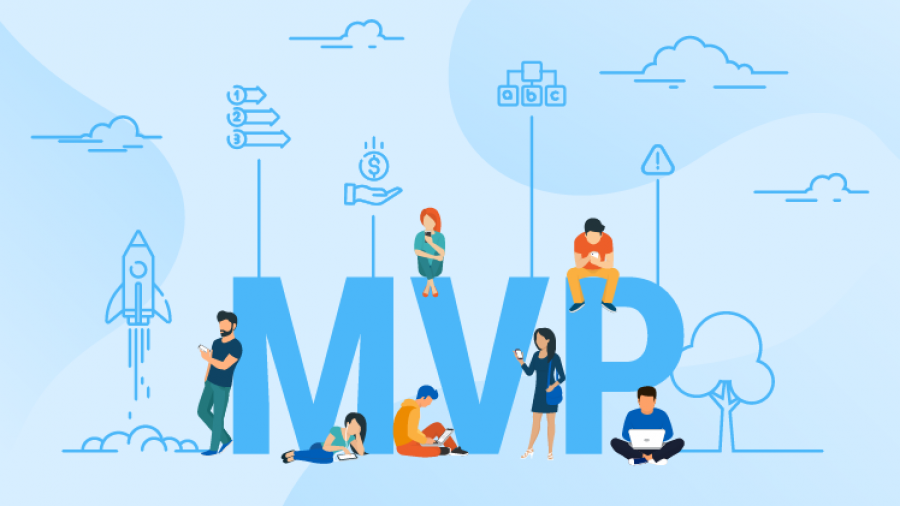MVP should stand for Most Valuable Product
Product Management
October 2019
What makes agile and adaptability critical is the notion of learning as we go rather than assuming we can have an a priori understanding of a product before we have written one line of code. However, in the spirit of agile and adaptability, the documentation of requirements and design specification has been much maligned as unnecessary.
While it is true that no company has the luxury of 18 months to spend on long PRDs and full design and technical specification (only to find we were wrong), what has happened instead is that the need for a complete experience has been sacrificed in the name of so-called minimal viable products. The problem is that minimal and viable can often be at odds – particularly early on for a new product.

I have been amazed when asked by development why we can’t just release a part of the product once it is done - as if the act of completing a user story or even an epic is the end goal rather than understanding that what we build must help the customer achieve their work’s purpose and an incomplete product prevents that from happening.
What I wonder is if we start with the premise of building a most valuable product for our users, then perhaps what is considered minimal can start to approach what is viable, which in turn, makes iteration meaningful and educative.